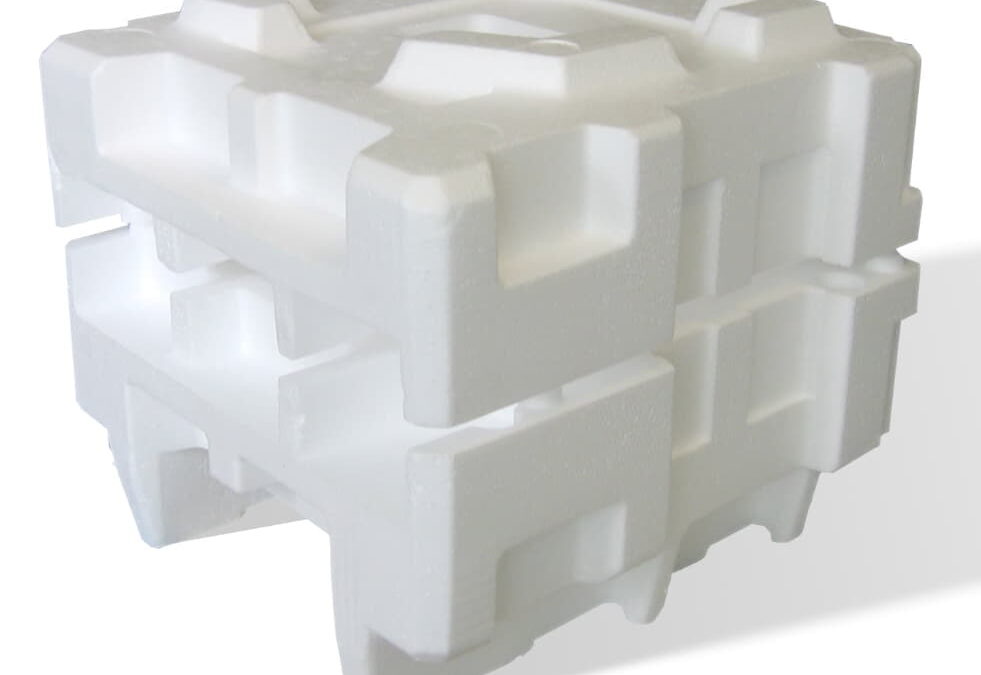Expanded polystyrene, commonly known as Styrofoam, is a lightweight, insulating material used in various applications from packaging to insulation. However, its disposal can be challenging due to its non-biodegradable nature. We’ve researched and come up with five creative approaches to expanded polystyrene disposal, turning a potential environmental problem into an innovative solution.
1. Recycling Facilities: An Effective Solution
The first step towards proper EPS disposal is to find a local recycling facility. These facilities have specialized equipment that can compact the foam into dense blocks, making it easier to transport and process. In fact, some recycling facilities are exploring novel methods of recycling, like “Granulation” for lighter polystyrene and “Compacting” for heavier variants.
2. Green DIY Projects: From Waste to Wonder
Another creative approach involves repurposing Styrofoam for your home DIY projects. For instance, you can use it for drainage in potted plants, stuffed toys or cushions, or even as an alternative to ice. You can also turn blocks of foam into decorative elements or useful objects around the house.
3. Chemical Recycling: The New Frontier
Chemical recycling is an emerging technology that transforms discarded Styrofoam into something completely different. This form of polystyrene recycling breaks down the foam at a molecular level, converting it into usable products or raw materials. It’s a promising approach that could revolutionise expanded polystyrene recycling.
4. Community Collection Programs: Collective Effort
Community collection or recycling programs provide another creative outlet for expanded polystyrene disposal. These initiatives encourage community members to collect their Styrofoam waste and bring it to a central location for recycling. Not only does this method promote recycling, but it also fosters a sense of community and shared responsibility for the environment.
5. Industrial Applications: Turning Trash into Treasure
Finally, Styrofoam can find a second life in industrial applications. For example, when combined with acetone, it can be used to make glue. Some industries are also utilizing Styrofoam in the creation of new items, such as picture frames, pens, and egg cartons.
Conclusion
While expanded polystyrene disposal can seem daunting, these creative approaches show there are multiple ways to tackle this issue. Whether it’s through recycling facilities, DIY projects, chemical recycling, community collection programs, or industrial applications, we can all play a part in minimizing the environmental impact of Styrofoam. By embracing these innovative solutions, we can contribute to a greener and more sustainable future.

